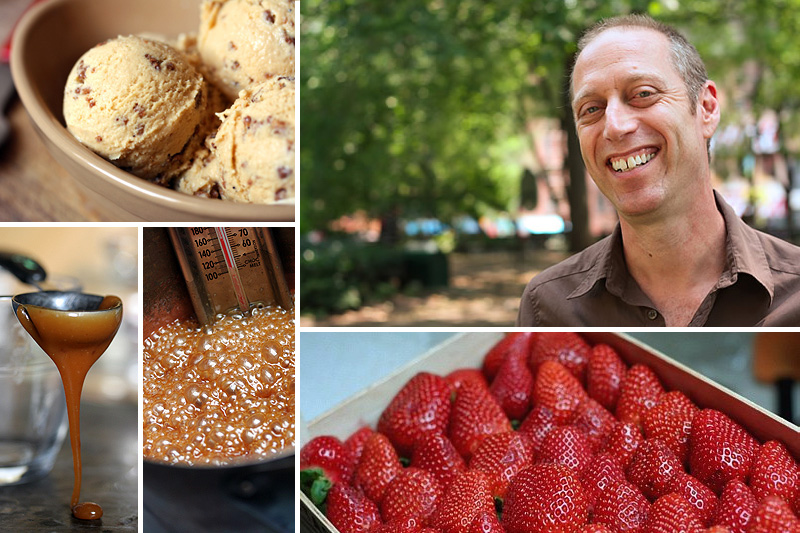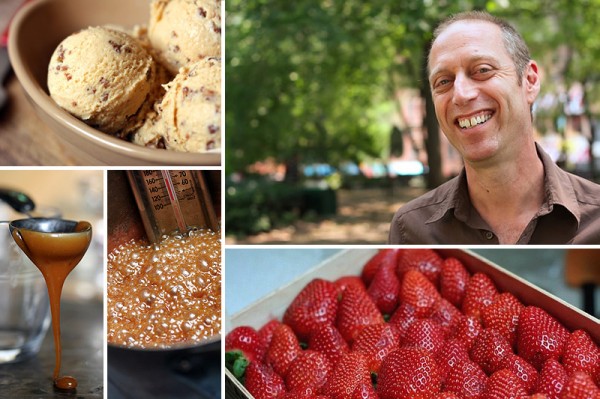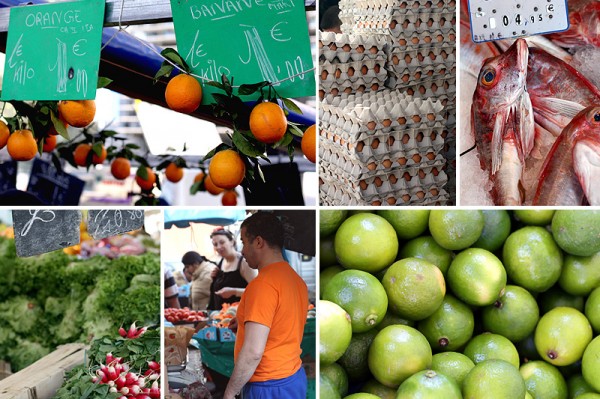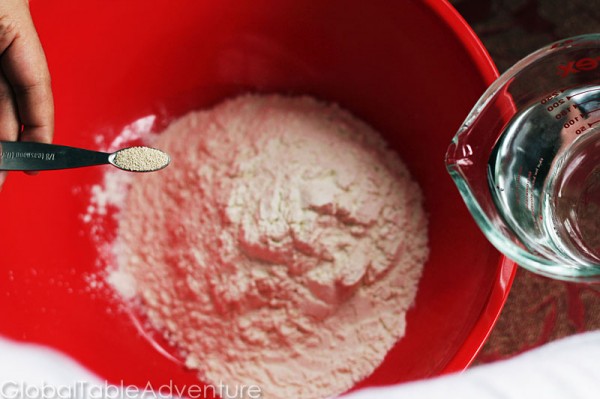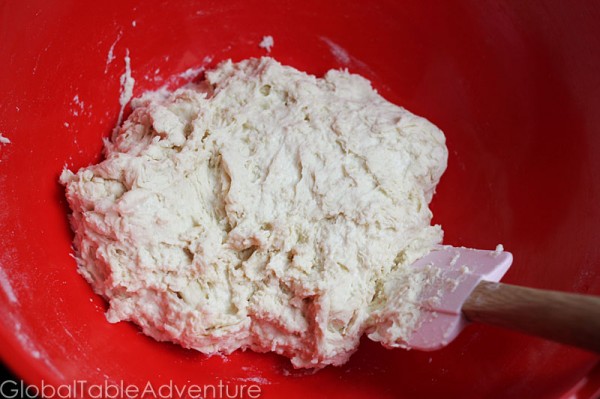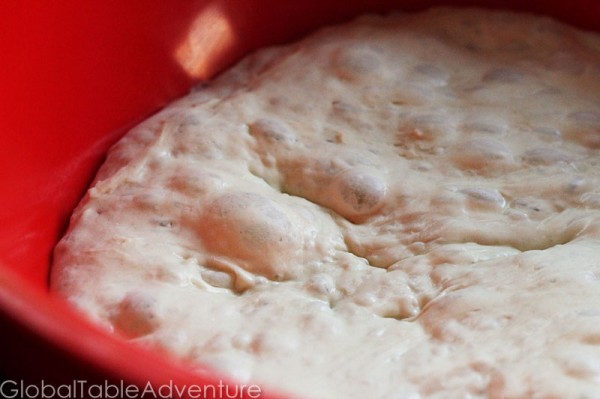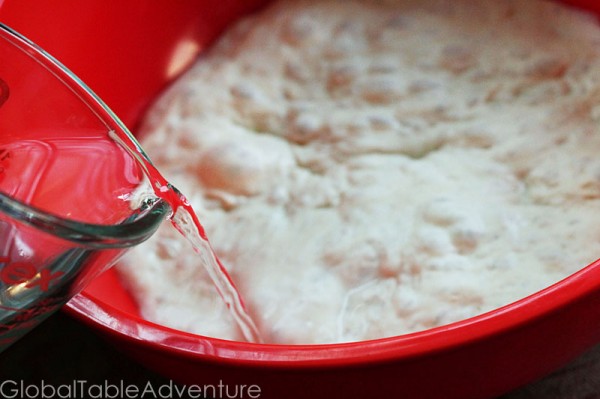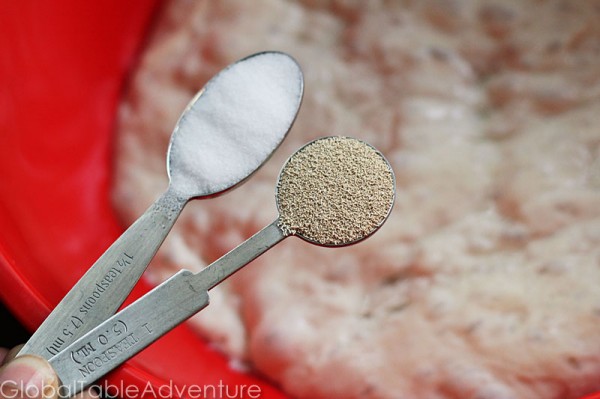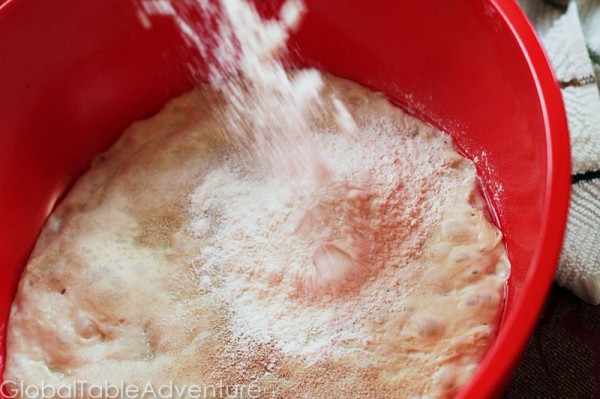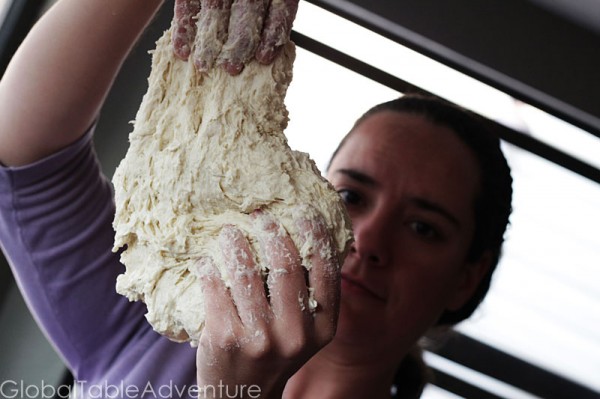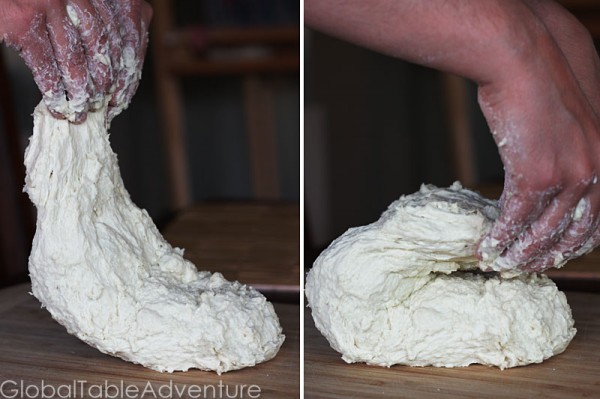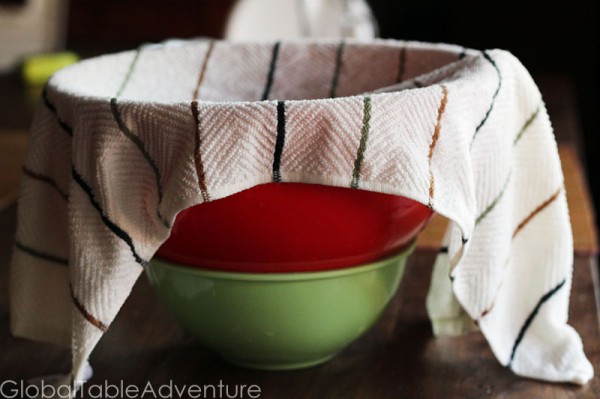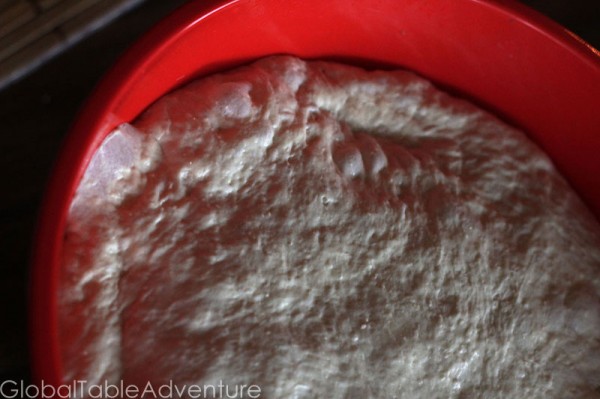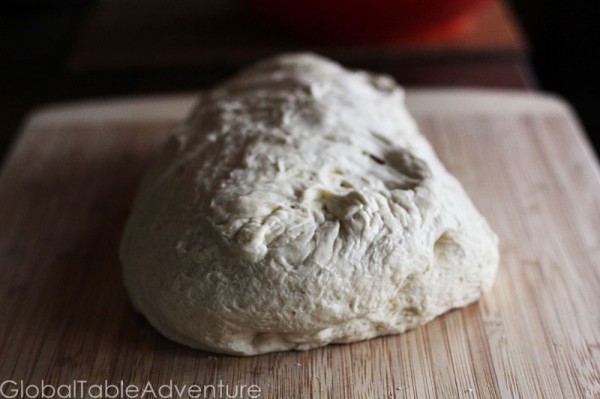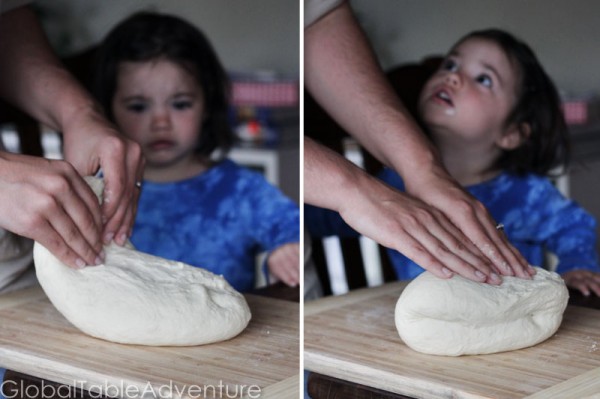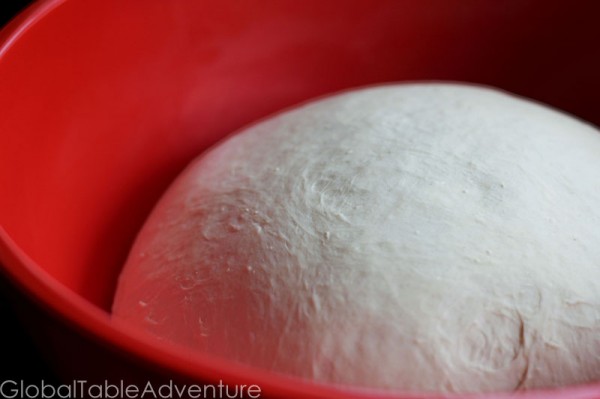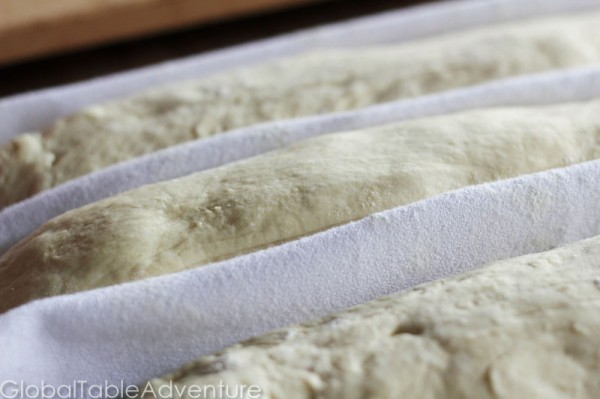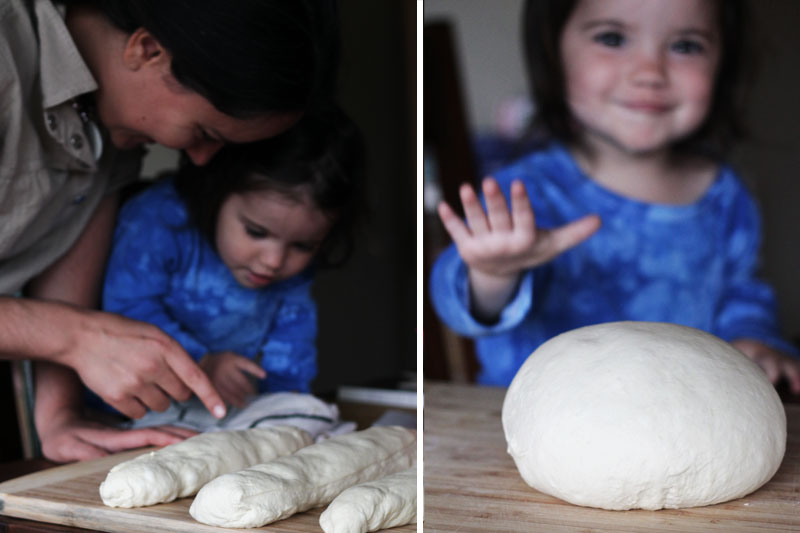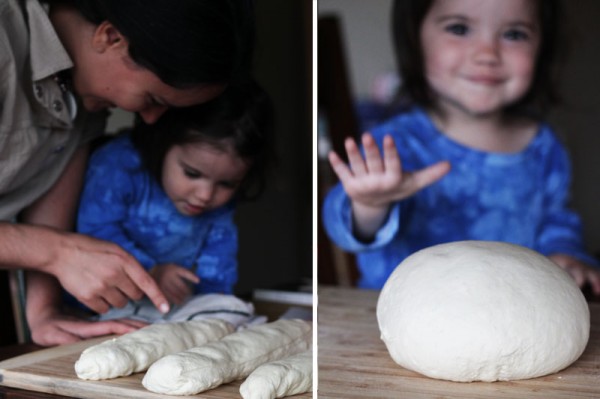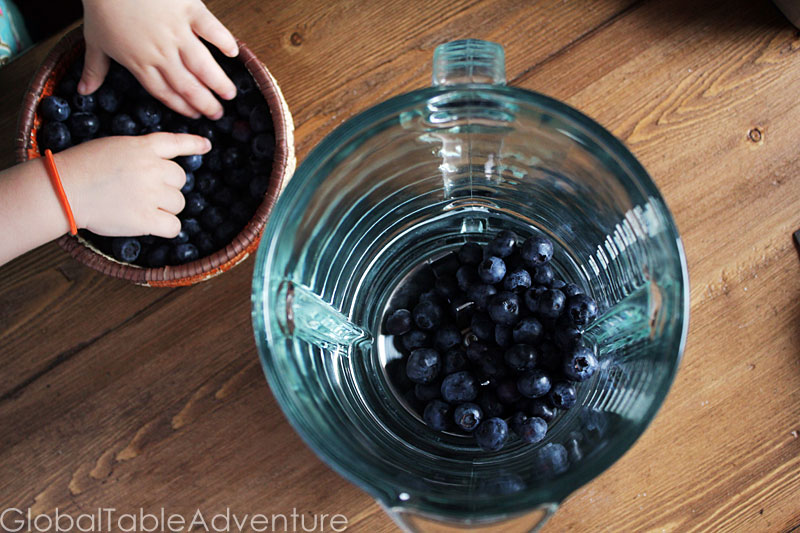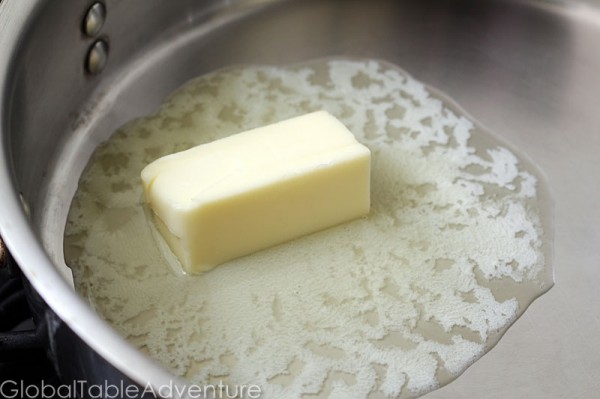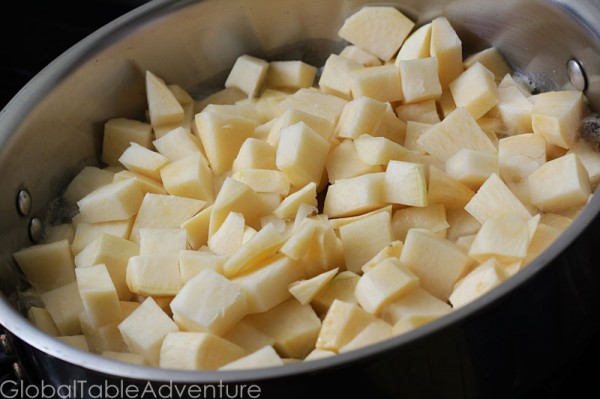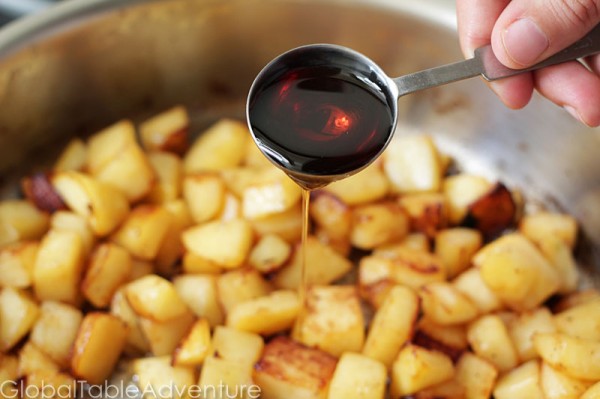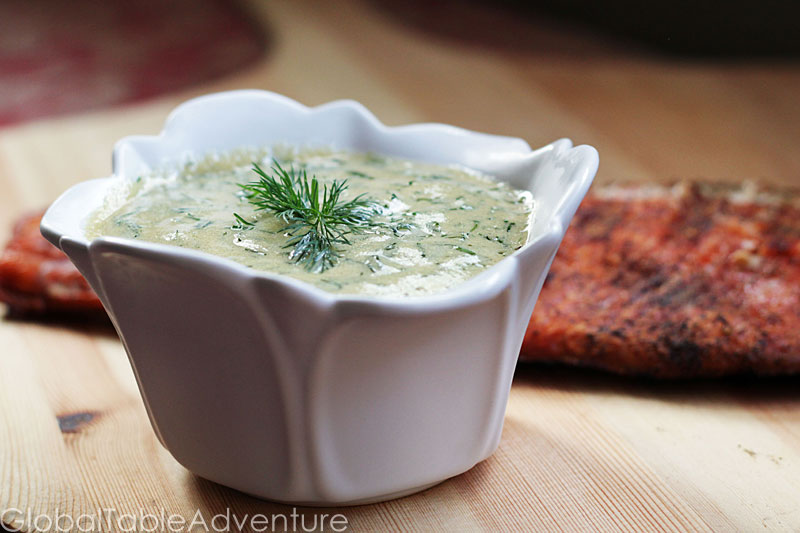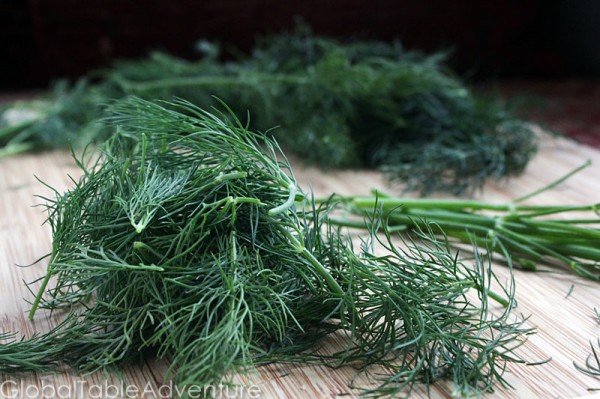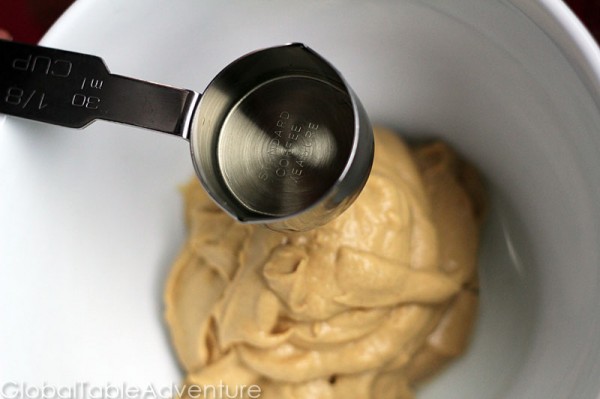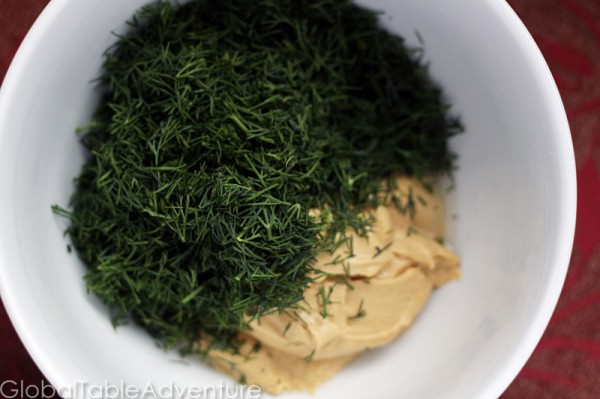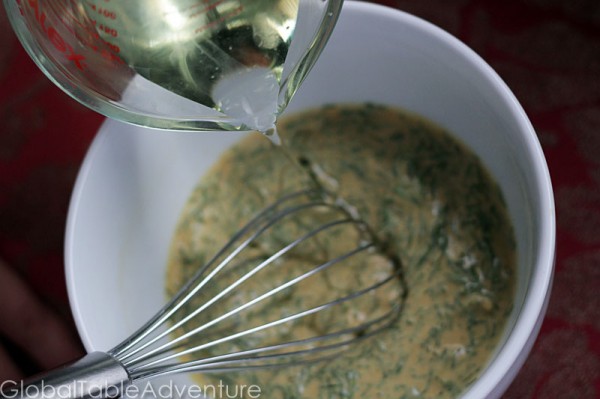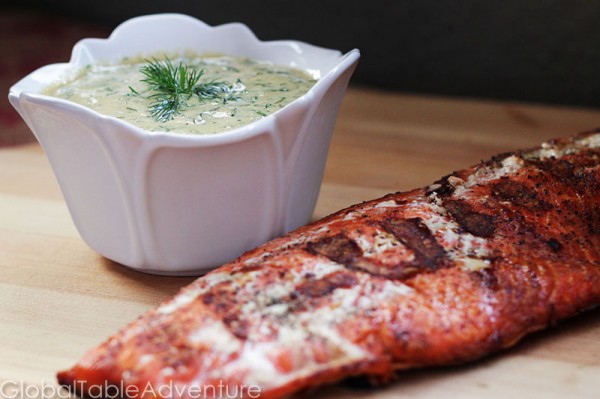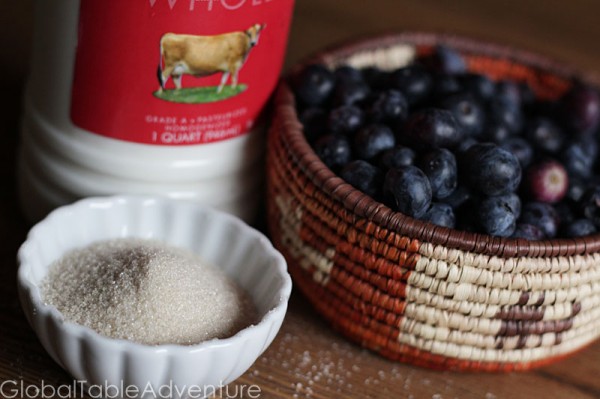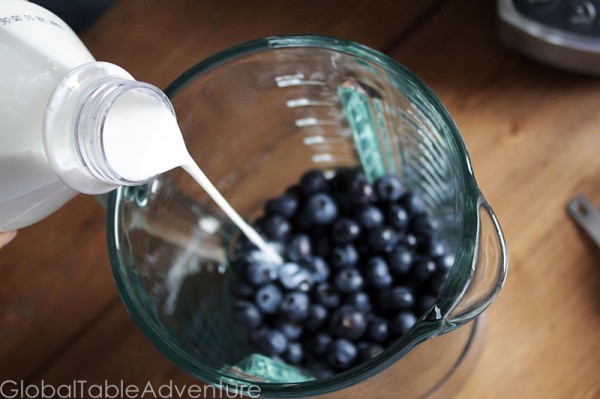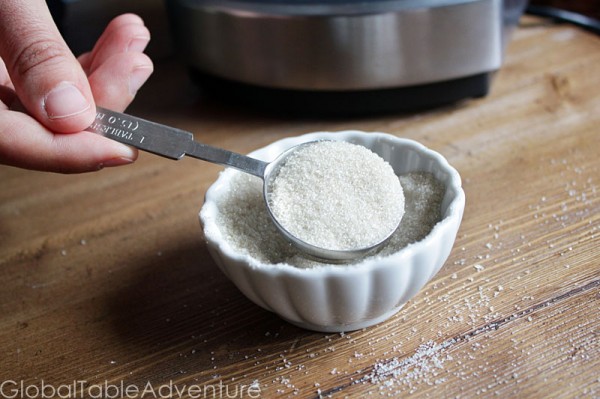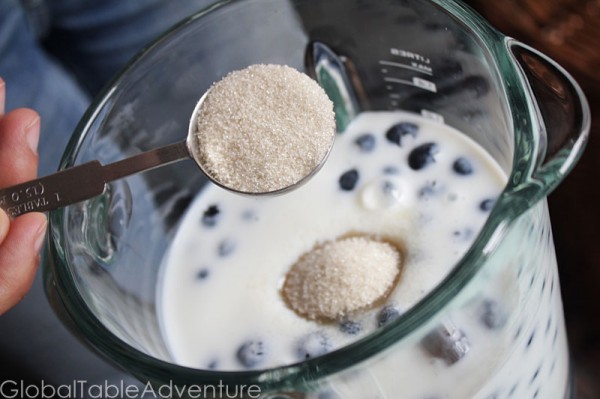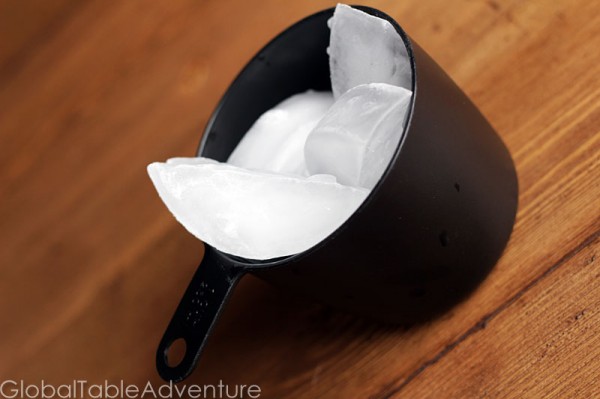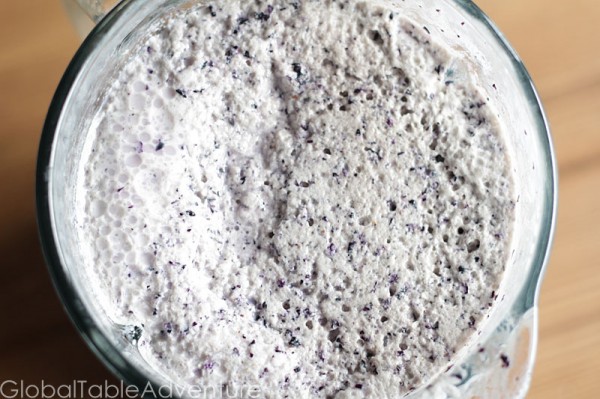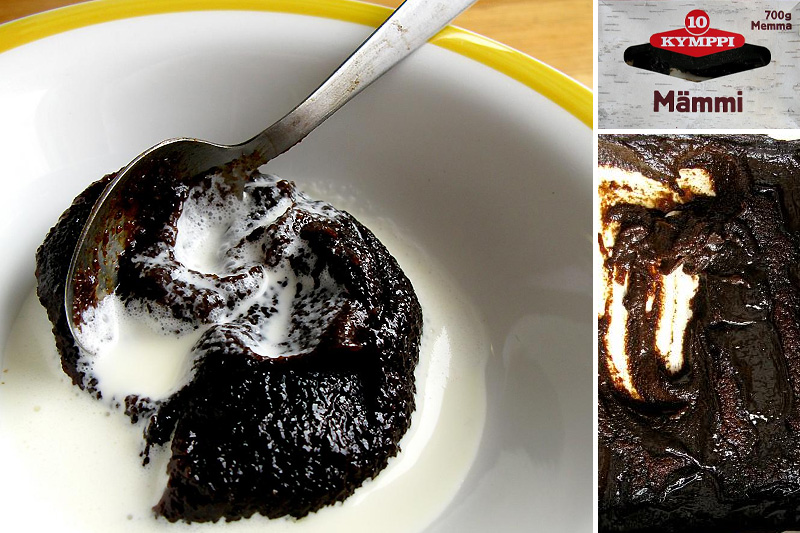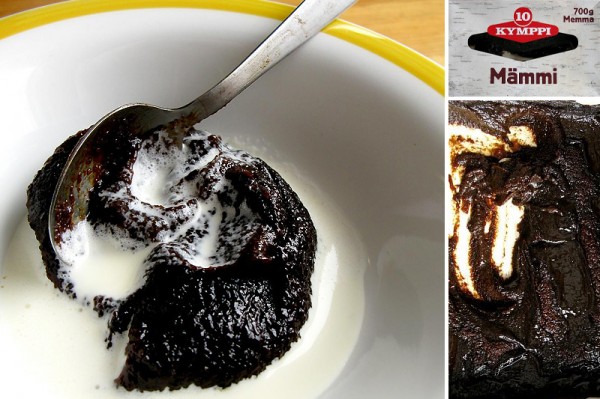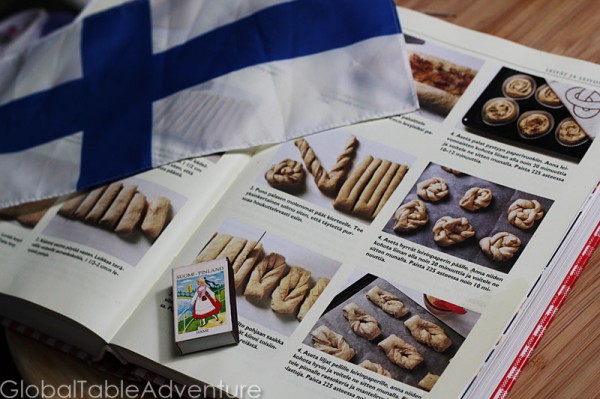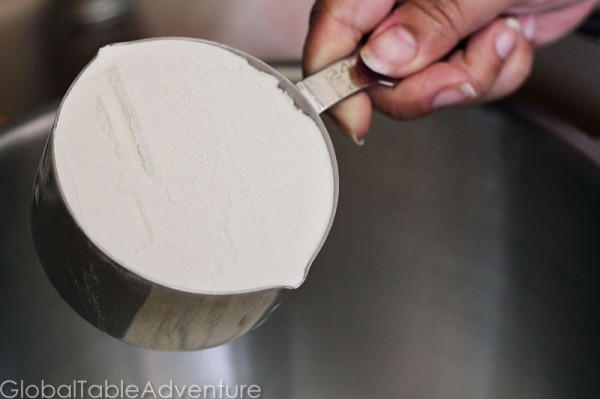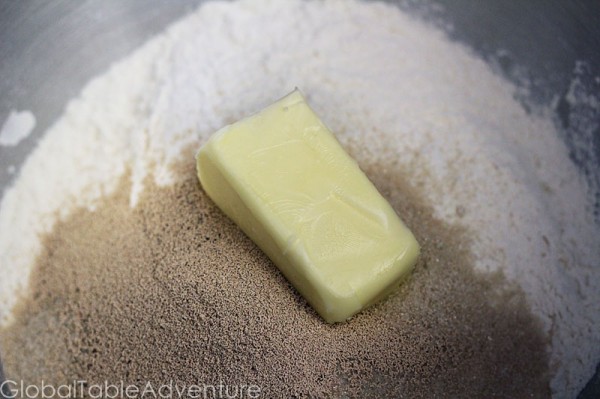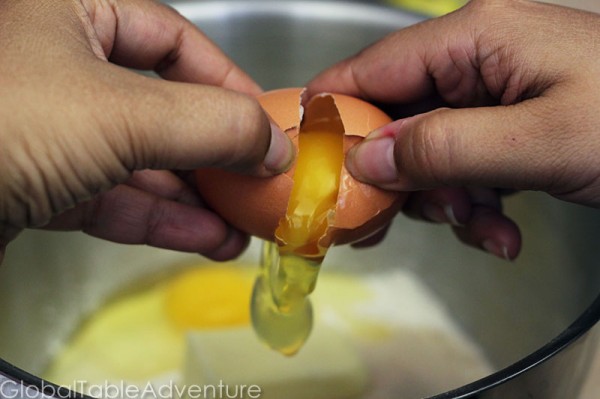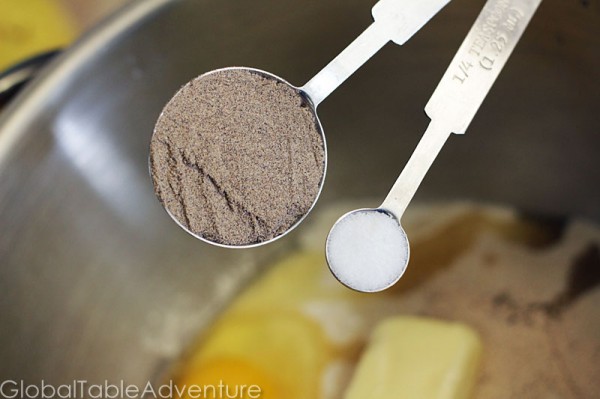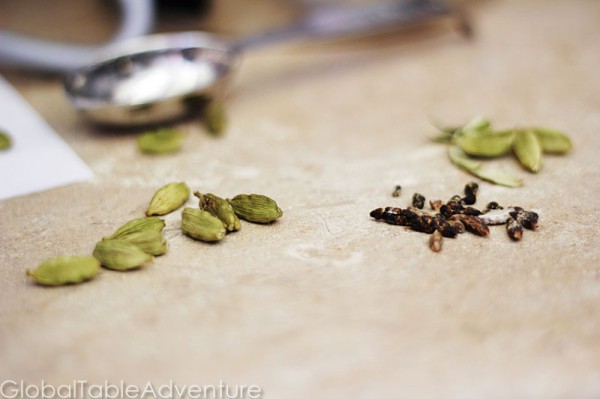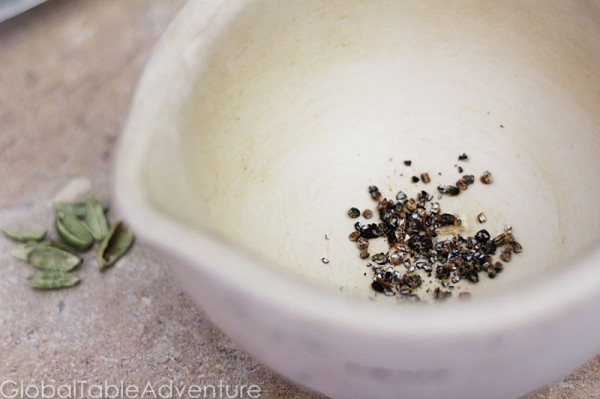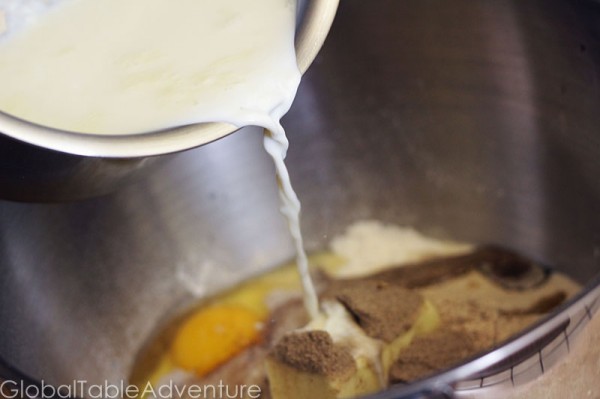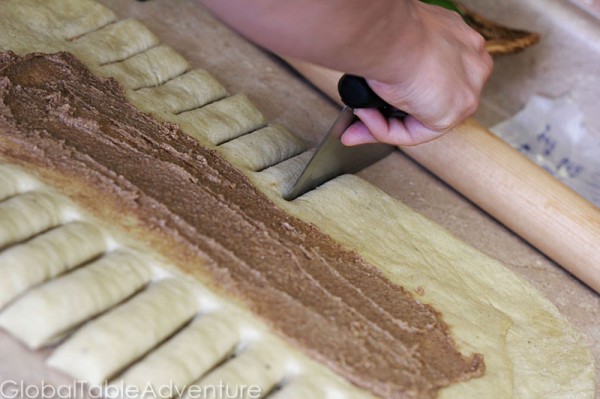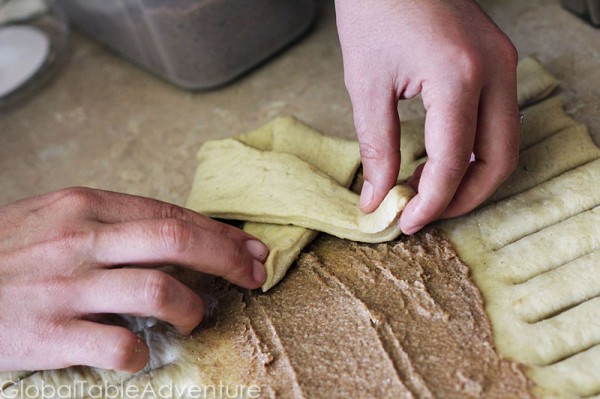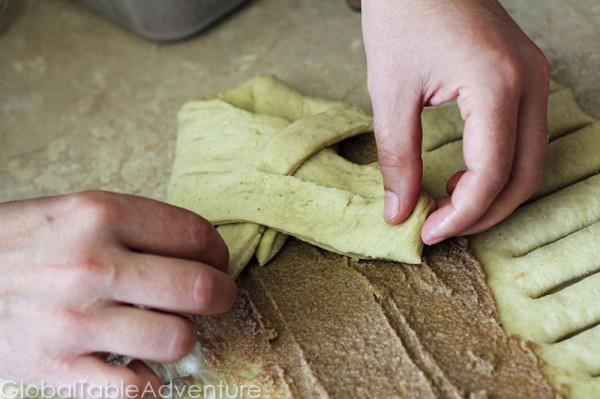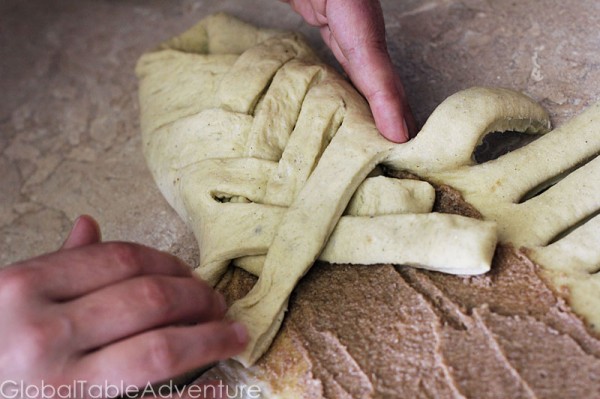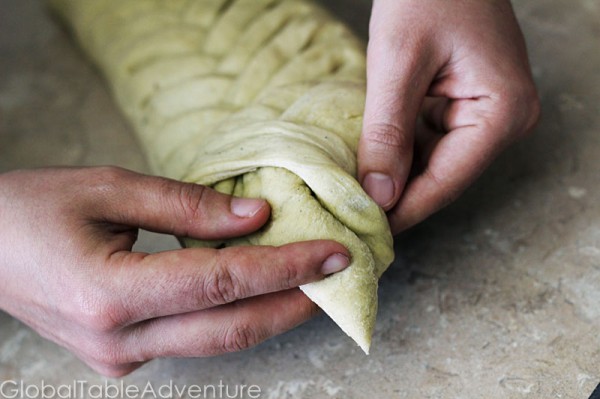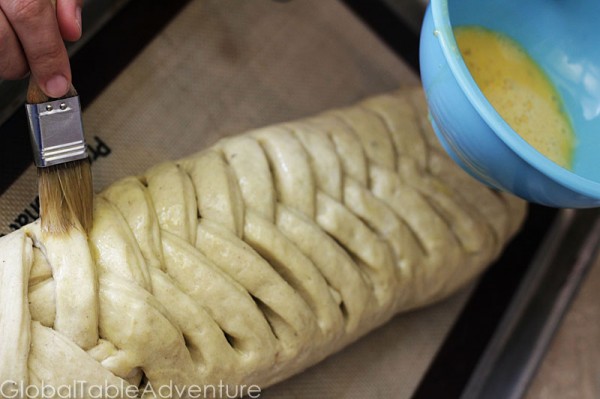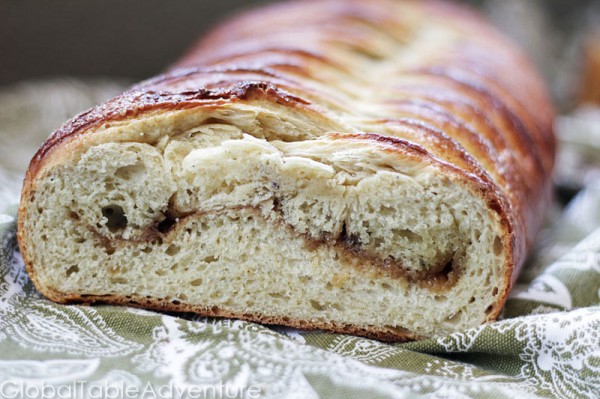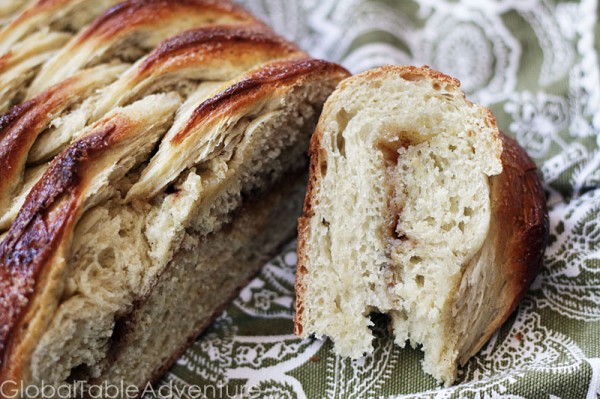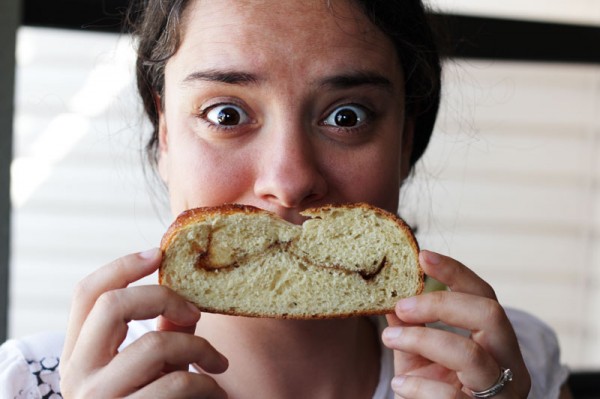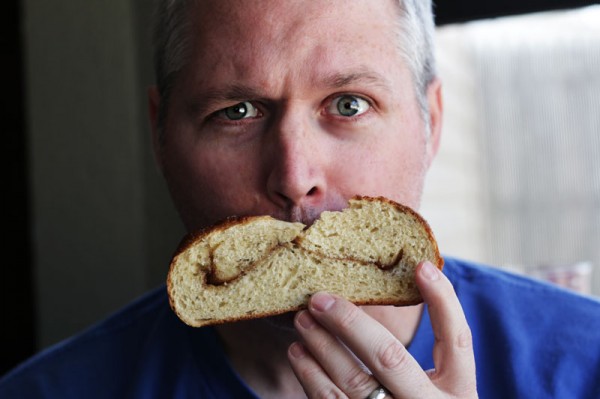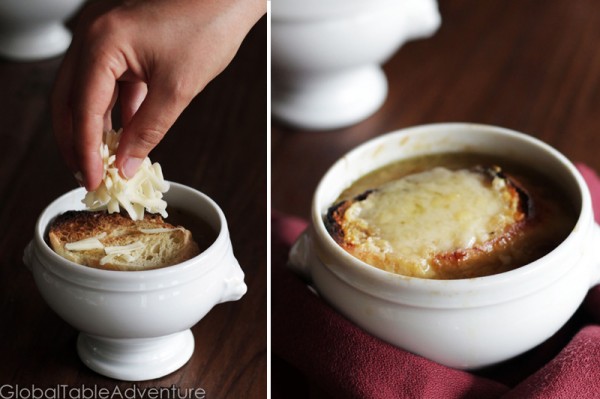
Serves 4
Do you need a good cry? Today is the day. Paris can handle your tears. Trust me, I know. All you have to do is make a pot of French Onion Soup. By the time you slurp your last sip, and crunch on the last of the cheesy crouton, you will be renewed.
After my brother died everything hurt. The thing was, as bad as it felt, I didn’t really know how bad I was hurting. I tried to ignore it. To keep going. I didn’t want to look my grief in the face. It was an ugly, unwieldy monster. If I allowed myself feel the pain and actually let the tears out, I felt weak.
On my brother’s birthday, the first one that came up after he died, I decided to wear all black. I was going to face the pain. I hadn’t even made it half way down the stairs when my foster mom called up to me.
“Little girls don’t wear all black. Go change your clothes.”
She had the thankless job of raising me from the age of 10-19. Her heart was in the right place but, well-intentioned or not, the message I heard was loud and clear. It was not okay to express my grief. In that moment I totally lost my way. I was in uncharted emotional wilderness. I bumped into that crazy emotion called rage.
That’s what happens.
Let me tell you, the more you hold that stuff in, the worse off you are. It comes out, whether you like it or not – into nightmares, substance abuse, and general lack of self-respect.
That’s why it’s so much better to just make a bowl of soup and let it all out. Cry, cry, cry. And then cry some more. This particular recipe is made with white wine, which is always nice on a sad kind of day.
Hugs to you.
Ingredients:
5 onions, sliced thinly
1/2 stick butter
1/8 cup flour (added when onions are caramelized)
1 1/2 cups dry white wine
6 cups water
3 sprigs thyme
1 sprig parsley
bay leaf
salt
pepper
4 slices french bread
4-6 ounces shredded Gruyère cheese
Method:
Slice five onions. Let the urge to cry overtake you.
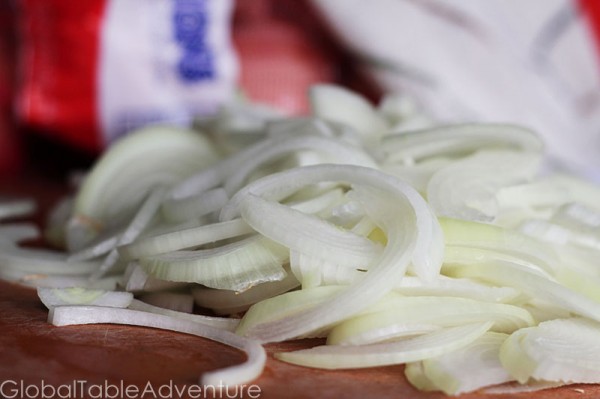
The fresher the onions, the bigger the tears.

Five onions might be a lot, but it’s totally absolutely worth it.
Cook them – in a lot of butter. It’s the best thing to do with onions. And, just possibly, tears.
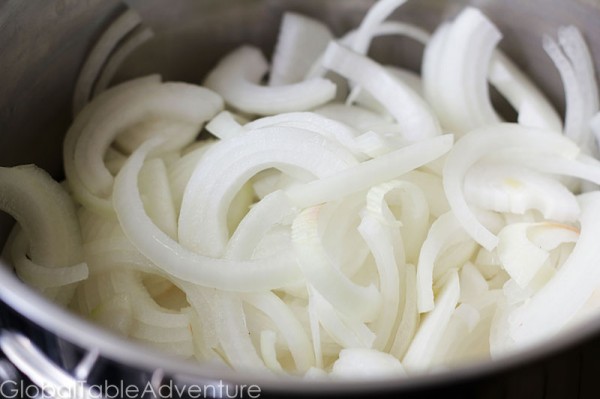
Start with a big pot and high heat, but know this – the onions will reduce to almost nothing.
With some luck, your grief will reduce to almost nothing, too.
First, they’ll sweat.
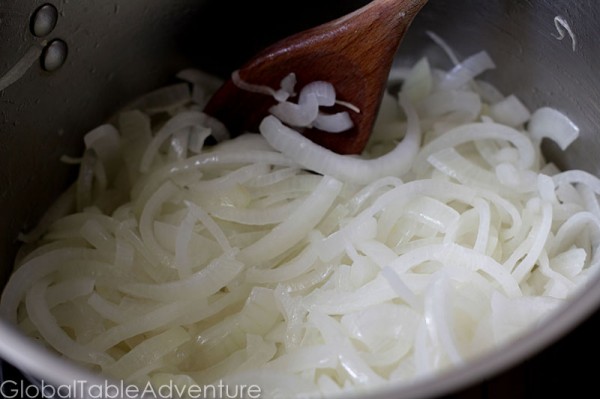
Then they’ll turn golden. Keep going.
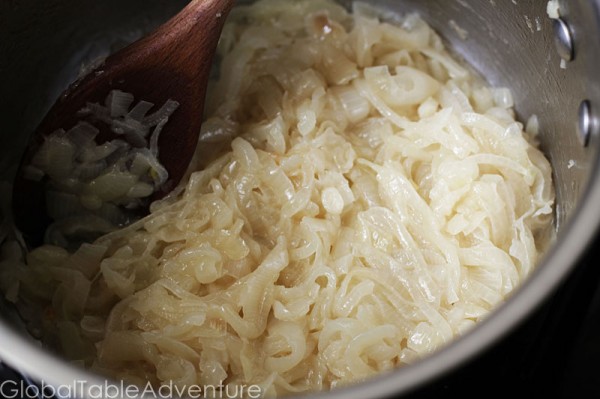
And going. It’ll take thirty minutes or so. See all those brown, crusty bits? Yum. That’s where all the flavor is. Don’t rush the process. (the crying OR browning the onions).

Reduce the heat and keep stirring, especially towards the end. You don’t want to burn them.
Take it another shade darker for really great flavor, then stir in the flour for a minute.
Splash on the wine and water. Scrape the crusty bits up off the pot.
And scrape the sad bits off your soul. Release them.

Drop in the herbs. Plenty of fresh thyme, parsley, and a bay leaf. You can tie them together or put them in a little cheesecloth. The French call this a bouquet garni. They remove them after cooking. However… you could chop the parsley and thyme up if you’d prefer to leave the herbs in the soup.
Now that the crusty bits are released, there’s actually room for freshness to move into your heart.

Season with plenty of salt and pepper. Simmer for 20 minutes.
Next, ladle into heatproof bowls.
Top with a crusty crouton. This was made with our yummy artisan bread.
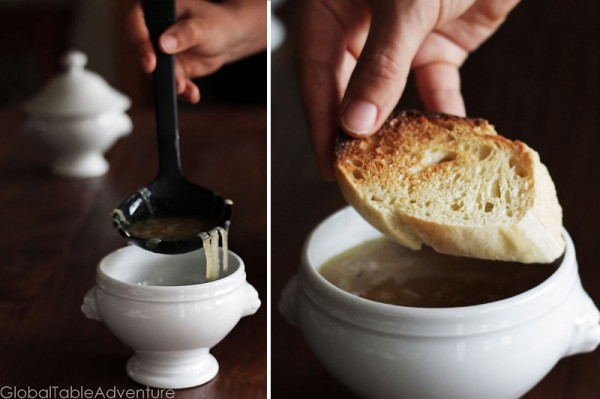
Add the cheese… and place under the broiler until browned. You can also bake it until bubbling and browned.

Serve on a cool day, with a big glass of the same wine you cooked it with.
It will restore you before, during, and after a good cry.
I promise.
|
|
|
|
Do you need a good cry? Today is the day. Paris can handle your tears. Trust me, I know. All you have to do is make a pot of French Onion Soup. By the time you slurp your last sip, and crunch on the last of the cheesy crouton, you will be renewed. This particular recipe is made with white wine, which is always nice on a sad kind of day.
|
- 5 onions , sliced thinly
- 1/2 stick butter
- 1/8 cup all-purpose flour (added when onions are caramelized)
- 1 1/2 cups white wine (dry)
- 6 cups water
- 3 sprigs thyme
- 1 sprig parsley
- 1-2 bay leaves
- 4 slices french bread
- 4-6 oz Gruyère , shredded
- Slice the onions and cook in lots of butter. Start with a big pot but know they'll reduce to almost nothing. Cook for around 30 minutes.
- Reduce heat and keep stirring, especially towards the end. You don't want to burn them. Take it another shade darker then stir in the flour for minute.
- Splash on the wine and water and scrape off the crusty bits off the pot.
- Drop in the herbs. Plenty of fresh thyme, parsley, and a bay leaf. You can tie them together or put them in a little cheesecloth. The French call this a bouquet garni. They remove them after cooking. However… you could chop the parsley and thyme up if you’d prefer to leave the herbs in the soup.
- Season with plenty of salt and pepper and simmer for about 20 minutes. Ladle into heatproof bowls and top with a crusty crouton and cheese. Place under broiler until the cheese is browned.





